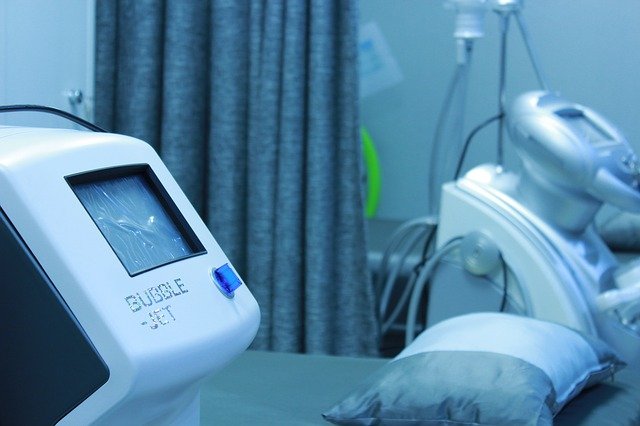Abstract
Therapeutic targets for neurodegenerative conditions are constantly emerging. Diseases such as amyotrophic lateral sclerosis and Huntington׳s disease are multifactorial and involve dysfunction of various cellular pathways. Protein aggregate formation is one of the crucial pathological signs of cellular dysfunction, and is characteristic of many neurodegenerative conditions. Proteins recruited to these aggregates are thought to play a role in formation of the pathogenic inclusions. This review aims at exploring the current evidence for protein aggregation and the role for Arfaptin2, as a candidate factor contributing to the formation of aggresomes and a potential therapeutic target in motor neuron disease.
Focal points
Bedside
Understanding the multifactorial nature of the pathogenesis of neurodegenerative diseases will contribute to the research into the therapeutic targets of the disease, allowing more factors to be discovered in patients affected by the debilitating disorders of the nervous system.
Benchside
Collaborative efforts in investigating the causes and pathways of neurodegeneration are likely to increase the chance of discovering novel therapy approaches that may be utilised in more than one type of neurodegenerative disorders.
Industry
The application of the novel therapeutic target such as Arfaptin, and other proteins associated with protein aggregates, to the development of therapy approaches may open new avenues in drug discovery for neurodegenerative diseases.
Community
Diseases of central nervous system bear a great impact on the quality of life of the patients and their carers. Promoting the awareness through communicating the current state of the research provides a form of a mental support to those affected by these conditions.
Regulatory agencies
The need for funding the research into the basic understanding of the mechanisms involved in the pathogenesis of the neurodegenerative conditions must not be overlooked. The research into the cellular defects provides with invaluable findings about the healthy and diseased cell functioning.









